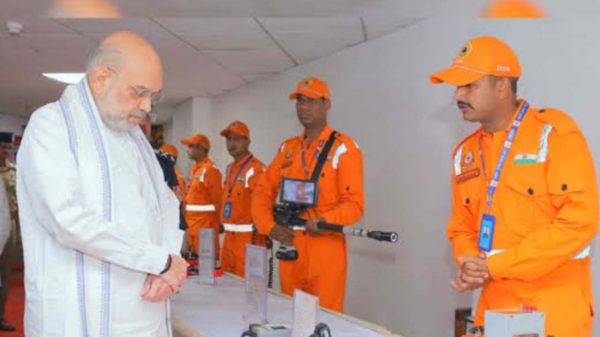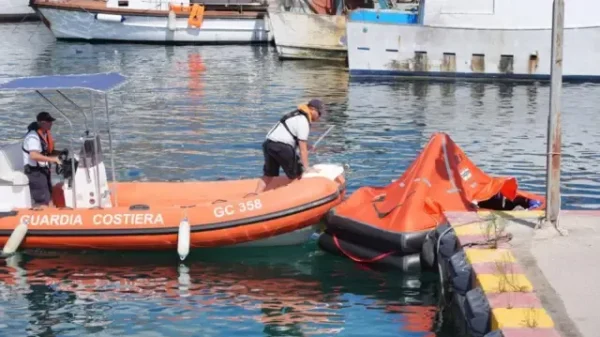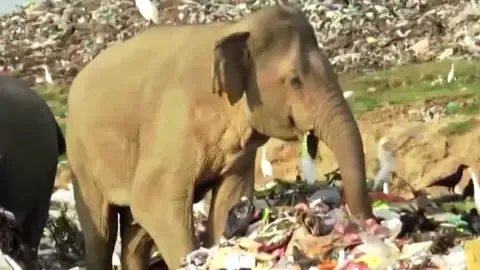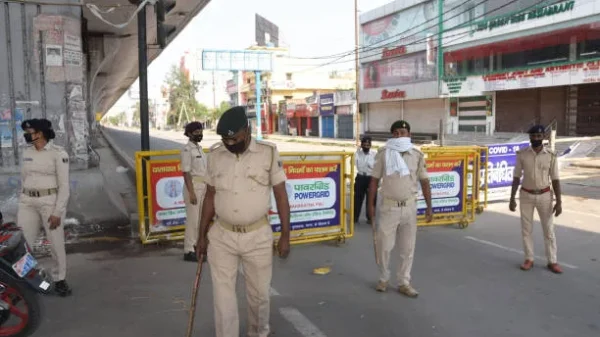The ongoing crisis at the open landfill in Pallakkadu village in eastern Sri Lanka has claimed the lives of 20 elephants in the past eight years, with two more recent fatalities bringing the total tally. Conservationists and veterinarians are sounding the alarm over the massive amounts of nondegradable plastic trash that elephants, desperate for food, are consuming in the dump, leading to blockages and weakening their digestive systems. The plastic waste, a mix of polythene, food wrappers, and other non-digestibles, is accumulating in the elephant’s stomach, causing irreparable harm to their health.
Wildlife veterinarian Nihal Pushpakumara, who conducted the post-mortems on the dead animals, paints a grim picture of the situation. “When we examined the elephants, we saw that they had swallowed large amounts of nondegradable plastic,” he said. “The normal food that elephants eat and digest was not evident. In fact, the only things we could see were polythene, food wrappers, plastic, other non-digestibles, and water.” Pushpakumara’s findings highlight the devastating impact that plastic waste is having on these revered and endangered animals.
The habitat of Sri Lankan elephants has been diminishing at an alarming rate, forcing many to venture closer to human settlements in search of food. This increased proximity to human settlements has led to conflicts, resulting in some elephants being killed by poachers or farmers angry over damage to their crops. The open landfill in Pallakkadu village, operated since 2008 with European Union aid, is a major attraction for these hungry elephants. The location is only 130 miles east of the capital, Colombo, and is attracting an estimated 300 elephants from nearby wildlife zones.
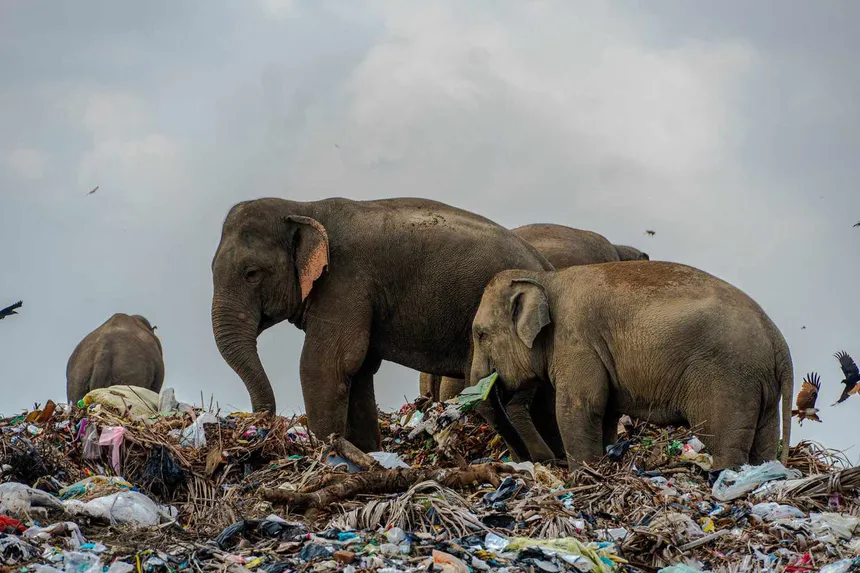
Elephant Crisis Unfolds in Sri Lankan Landfill.
Despite promises by the government to recycle garbage in waste dumps near wildlife zones and erect electric fences to keep the animals away, neither plan has been fully implemented. The waste management site in question was damaged by lightning in 2014, and the fence has not been repaired, allowing elephants to roam freely in the dump. Local residents, who have implemented their own makeshift measures to deter the animals, are demanding a comprehensive solution to the problem.
As the debate rages on, villagers are caught between their need to protect their agricultural activities and the need to safeguard both human lives and the lives of the elephants. Keerthi Ranasinghe, a local councillor, acknowledged that wild elephants are also a resource, and that authorities need to come up with a way to protect both human lives and the elephants that also allows for continued agricultural activities.
The crisis serves as a stark reminder of the urgency to address plastic waste in Sri Lanka, a country where efforts to protect its endangered elephant population remain woefully inadequate. Plastic waste, in the form of polythene, food wrappers, and other non-digestibles, continues to claim lives, and it is imperative that the government takes concrete steps to address this issue.






